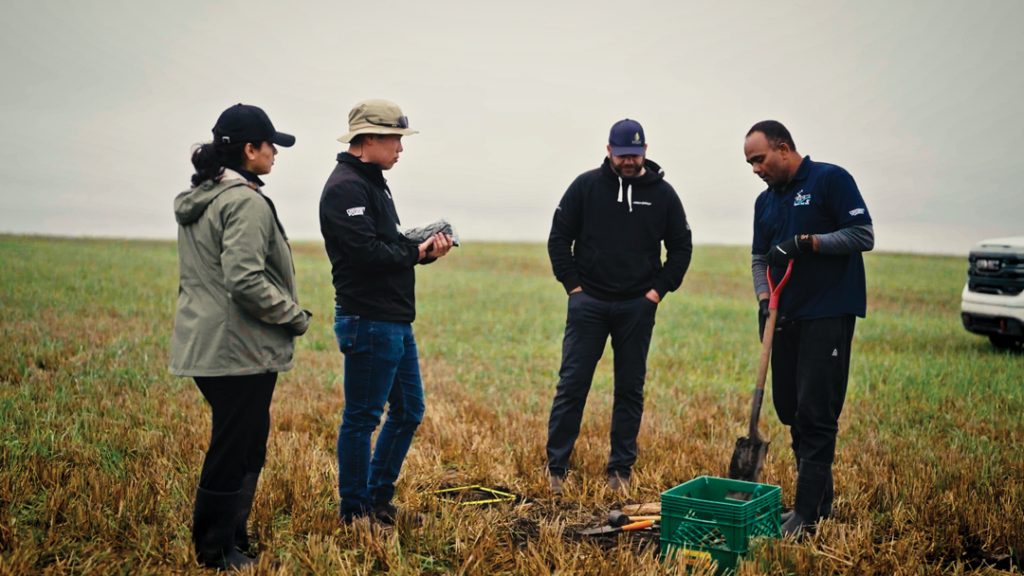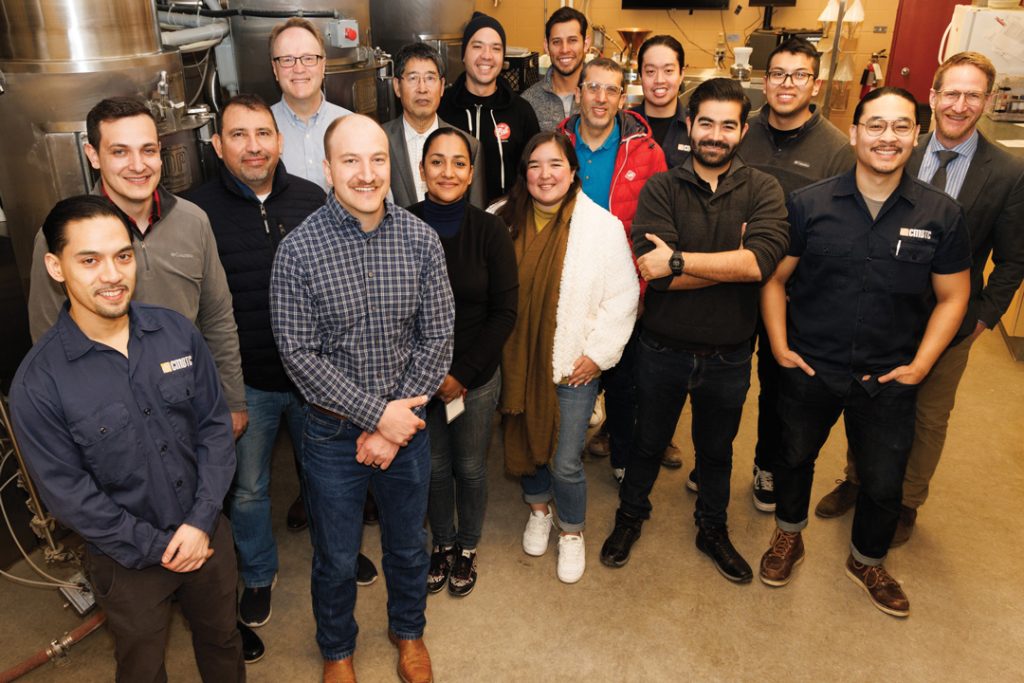CARBON ASSETS MADE EASY
The Canadian Alliance for Net-Zero Agri-Food (CANZA) recognizes the carbon credit market can potentially create agricultural revenue streams. As agricultural carbon pricing has slowly developed in recent years, sequestration has typically been measured by lab analysis of soil samples. Though effective, it is a slow and costly process. A rough estimate of $3.30 per acre for sample analysis would be combined with the cost of sampling and further processing. Farmers who wish to participate in the carbon assets market may require speedier data delivery at a lower cost.













